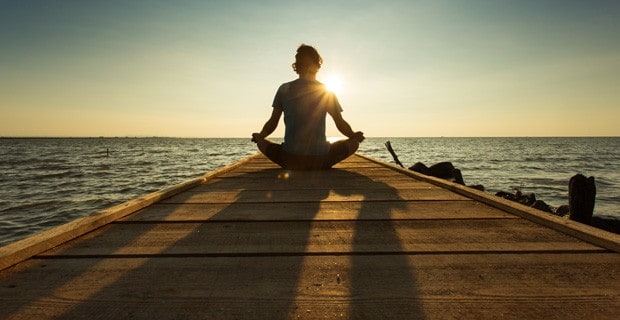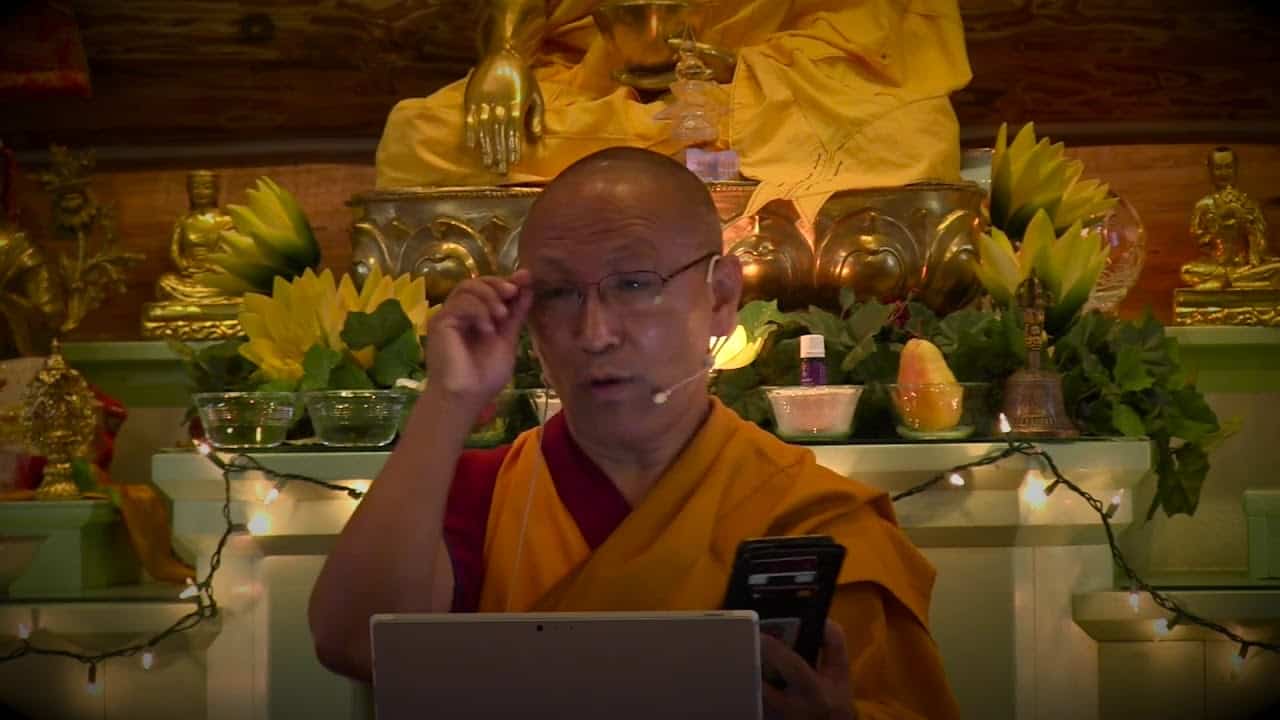Using the 12-step program if you’re a Buddhist

Ryan was a former addict who was imprisoned on theft charges related to his opiate addiction. He has been clean for some years now and has turned his life around. When we received a letter from a prison inmate who was addicted to opiates, saying he found it difficult to follow the NA program in his facility because the talk of God did not resonate with him, we asked Ryan for his advice. This is what he told us.

Take responsibility for your recovery, regardless of temptation. (Photo © danmir12 / stock.adobe.com)
Some important tips for doing the program:
- Take responsibility for your recovery, regardless of temptation.
- Get on the drug program waiting list regardless of how long it takes. You have nothing but time.
- Go to every AA or NA meeting you can.
- Get a Big Book or NA basic text.
- Understand that “ Higher Power” or “God” is a generic term. Do you feel that the enlightened Buddha is a Higher Power than yourself? Is the Dharma a Higher Power than you? These things, even using the sangha, could work. Many people get hung up on this and lose sight of what a 12-step program is or how it could potentially change their lives. Maybe you could take the five precepts or at least use them as a framework to live.
- The book Refuge Recovery: A Buddhist Path to Recovering from Addiction by Noah Levine is very helpful.
As for the 12 steps of AA, this is my opinion on how to use them with a Buddhist mind:
-
“We admitted we were powerless over addiction and our lives had become unmanageable.”
Prison is a good indicator that life has become unmanageable.
-
“We came to believe a power greater than ourselves can restore us to sanity.”
This is where people get hung up: “A power greater than ourselves.” It doesn’t say God or Jesus. It say a power greater than ourselves. This is where the Dharma can be asserted. We all suffer and the Dharma is the way out. If you’re a Buddhist, then you believe that the Dharma is the path. It will not only help you to stay clean but, if you practice, will also alleviate the suffering that made you use to begin with.
-
“Made a decision to turn our will and our lives over to the care of our Higher Power as we understand our Higher Power.”
To me this is taking refuge. Saying from now on, I take refuge in the Buddha, the Dharma and the Sangha. I will rely on these things to get me through. I will try to live by the five precepts as best as possible.
-
“We made a searching and fearless moral inventory of ourselves.”
This is a way to begin to purify what we’ve been carrying around. A way to inventory all the bad stuff we need to let go and figure out what to keep. This should be done honestly and right. The things we keep locked away are often things that cause us to relapse over and over. An AA or NA sponsor is so important.
-
“We admitted to our Higher Power, ourselves and another human being the exact nature of our wrongs.”
This is very important. Along with step 4, this allows us to let go and move on. This also is a way to keep us honest and transparent. Monastics confess to the sangha every two weeks, so this is also in the Buddhist tradition.
-
“We were entirely ready to have our Higher Power remove these defects of character.”
We all have defects of character that we all need to work on. The ten nonvirtuous actions and the antidotes is a way to begin to alleviate these afflictions, but you must be mindful of what afflictions arise for you and then actively try and apply the antidotes.
-
“Humbly asked our Higher Power to remove our shortcomings.”
The sangha can show you that all your flaws are from the ten nonvirtuous actions and the eight worldly concerns and the antidotes to those actions. Having a Buddhist point of view puts a greater responsibility on you instead of “God.”
-
“Made a list of all people we have harmed and became willing to make amends whenever possible.”
This helps to have a clear conscience and also enables us to see where we’ve hurt others. Many times we don’t think we’ve done wrong or what we did does not matter. This makes us look at our actions and may deter from further transgressions.
-
“Made direct amends to such people whenever possible except when to do so would injure them or others.”
In doing this step, it allows us to live free in the moment. We aren’t hampered by guilt while we practice and meditate. Although it does not matter if we are forgiven or not, we clean up our side of the street.
-
“We continued to take a personal inventory of ourselves and when we were wrong promptly admitted it.”
We are not perfect and make mistakes. We apologize immediately and then try not to keep doing it. This also is practice. This step is using our AA and Buddhist teachings in everyday life, which is our practice on the path.
-
“We sought through prayer and meditation to improve our continuous contact with our Higher Power, as we understand it, praying only for knowledge of our Higher Power’s will for us and the power to carry that out.”
This is the continuation of learning the Dharma and practicing it. The Dharma is a path to enlightenment and we keep learning and practicing until we are Buddhas. This means reading texts, meditating, and practicing what we learn by how we live.
-
“Having had a spiritual awakening as a result of these steps, we tried to carry this message to the addict who still suffers and to practice these principles in our affairs.”
This means to help others, especially addicts, and to live by the five precepts. We don’t just read and then live a separate life. We act as much as possible in accordance with the Buddhist way of life.


